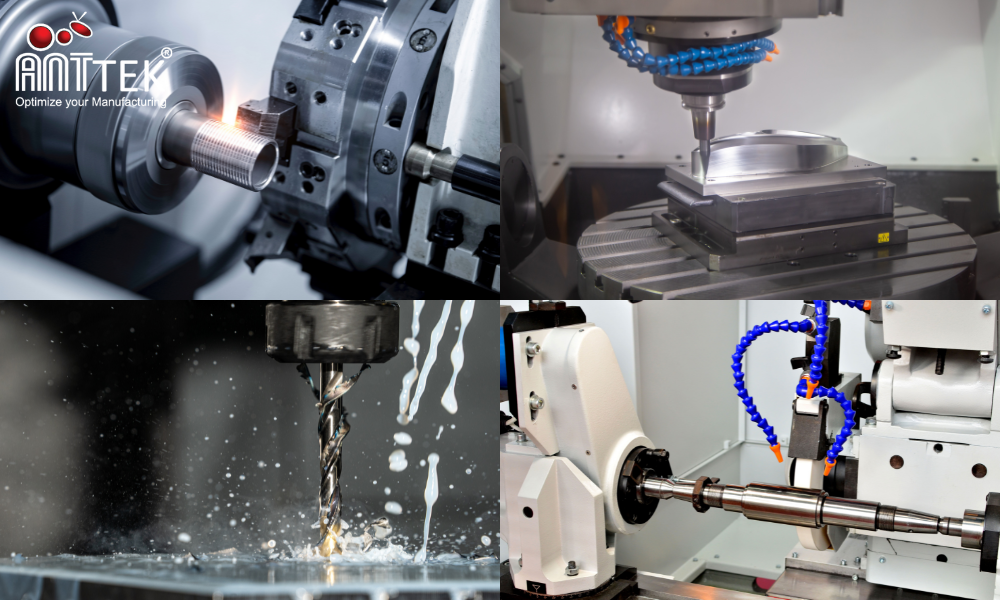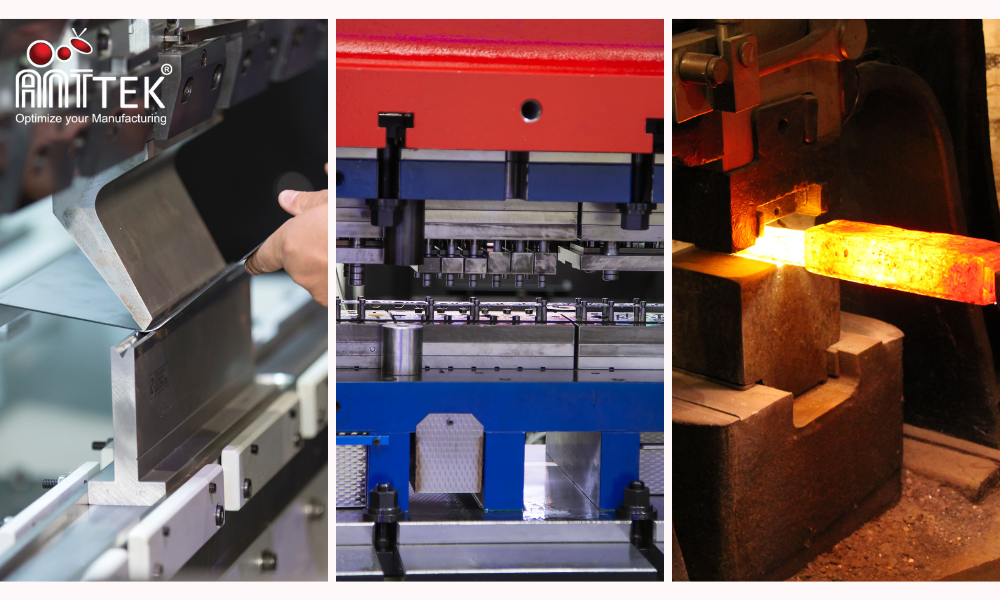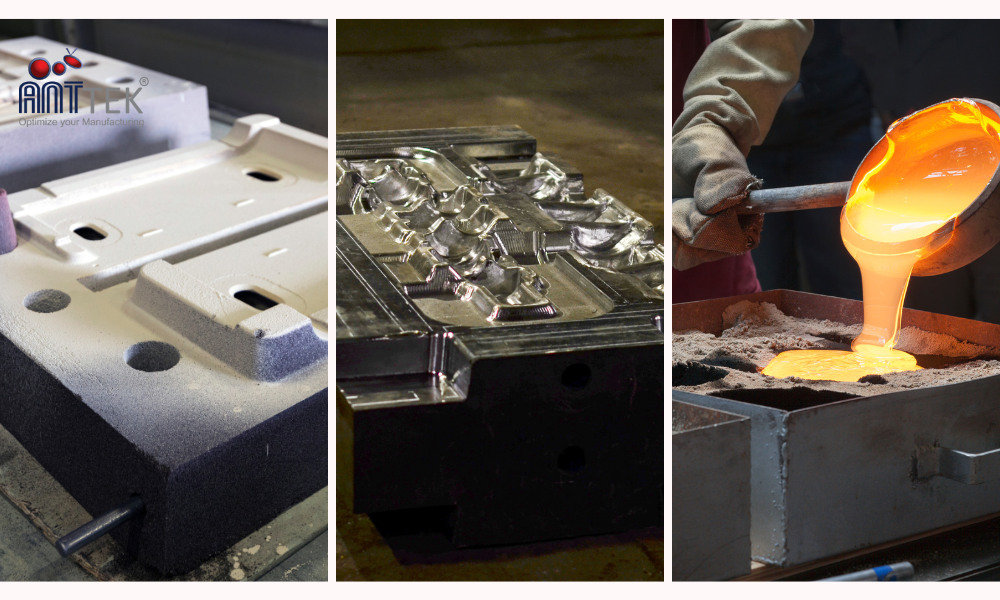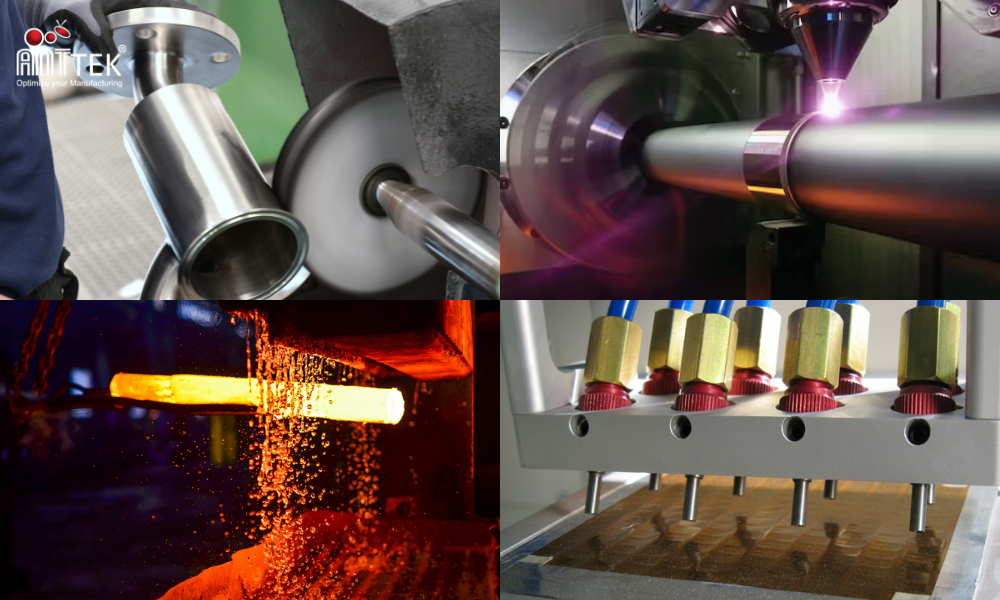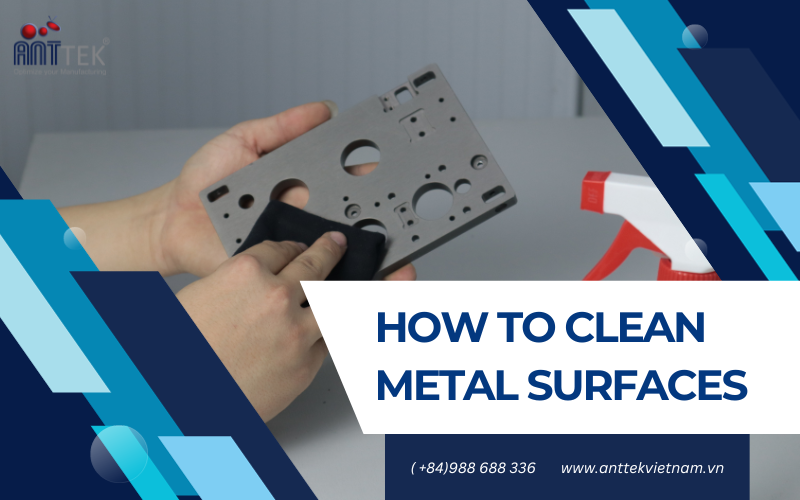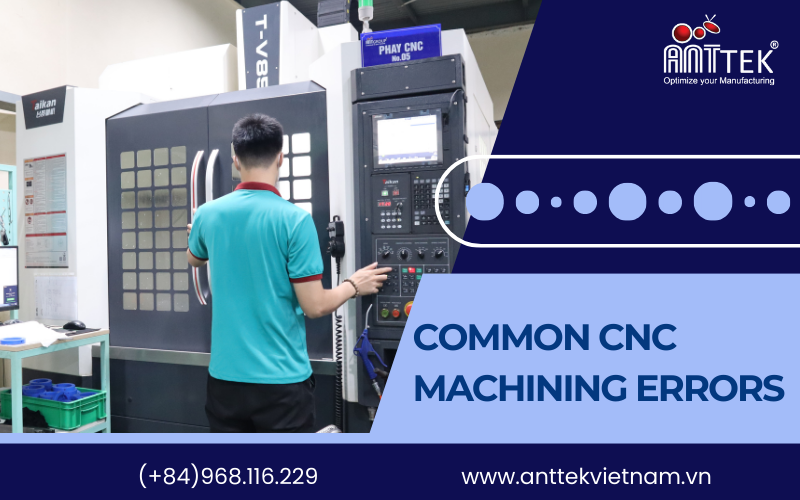In the ever-evolving landscape of manufacturing and engineering, mechanical processing methods are the backbone of innovation. From ancient times when the first tools were crafted to today’s intricate and automated processes, automatic processing has been the driving force behind the creation of objects that shape our world. This article delves into the diverse world of mechanical processing methods, exploring their history, applications, and role in shaping tomorrow’s innovations.
What is the mechanical processing method?
Mechanical processing methods refer to a set of techniques used in manufacturing and engineering to shape, modify, or transform materials into desired forms, components, or products through mechanical means. These methods involve the use of various tools, machines, and processes to remove, deform, or combine materials to achieve specific outcomes. This methods are integral to various industries, from automotive and aerospace to electronics and consumer goods.
Common mechanical processing methods
There are several common mechanical processing methods used in manufacturing and engineering to shape, modify, or transform materials. These methods play a crucial role in creating a wide range of products across various industries.
Machining
Machining involves the removal of material from a workpiece to create precise shapes and dimensions. Common machining processes include:
- Turning: Rotating the workpiece while a cutting tool removes material from the exterior.
- Milling: Using rotating cutters to remove material from the workpiece’s surface.
- Drilling: Creating holes in a workpiece using a rotating drill bit.
- Grinding: Using abrasive wheels to achieve high levels of precision and surface finish.
Forming
Forming methods reshape materials by applying force to achieve specific shapes. Common forming processes include:
- Bending: Deforming materials, often metals, to create angles or curves.
- Stamping: Pressing a material into a die to create shapes, often used in mass production.
- Forging: Applying pressure to deform materials and shape them while improving their mechanical properties.
Casting
Casting involves pouring molten material into a mold and allowing it to solidify into the desired shape. Common casting methods include:
- Sand Casting: Using sand molds to create intricate shapes for metals and alloys.
- Die Casting: Injecting molten metal into a mold under high pressure to create detailed parts.
- Investment Casting: Creating a wax pattern that is then coated in ceramic and melted out before molten metal is poured in.
Joining
Joining methods involve connecting separate components to create a larger structure. Common joining processes include:
- Welding: Melting and fusing materials together, often using heat and pressure.
- Brazing: Joining materials using a filler metal with a lower melting point.
- Soldering: Similar to brazing but using an even lower temperature filler material.
- Adhesive Bonding: Using adhesives to join materials, creating strong and often lightweight bonds.
Additive Manufacturing (3D Printing)
Additive manufacturing builds objects layer by layer using digital 3D models. Materials such as plastics, metals, and ceramics are used to create complex shapes and prototypes.
Finishing Processes
After initial processing, finishing processes are applied to improve surface quality and properties. These include:
- Polishing: Smoothing surfaces to enhance appearance and reduce friction.
- Coating: Applying protective or decorative layers to surfaces.
- Heat Treatment: Altering material properties through controlled heating and cooling processes.
- Surface Texturing: Creating specific surface patterns or textures for improved functionality or aesthetics.
Application of mechanical processing methods
Mechanical processing methods find extensive applications across a wide range of industries, contributing to the creation of products that shape our modern world. These methods play a pivotal role in producing everything from intricate components to massive structures. Here’s a glimpse into the diverse applications of mechanical processing methods: Automotive Industry
Mechanical processing methods are essential for manufacturing automotive components such as engine parts, transmission components, chassis components, and body parts. Machining, casting, and forming techniques are used to create precision parts that ensure vehicle performance and safety.
Aerospace and Aviation
Aerospace applications demand high precision and reliability. Mechanical processing methods are used to manufacture critical components like turbine blades, aircraft structural parts, and engine components. Advanced machining, additive manufacturing, and composite forming are vital in this industry.
Electronics and Consumer Goods
Mechanical processing methods are used in creating intricate components for electronics, including microchips, connectors, and housings. Additionally, consumer goods like appliances, gadgets, and toys rely on these methods for shaping plastic and metal parts.
Medical and Healthcare
Medical devices and equipment require precision and biocompatibility. Mechanical processing methods are used to craft implants, prosthetics, surgical instruments, and diagnostic tools. Additive manufacturing aids in creating patient-specific solutions.
Energy and Power Generation
Mechanical processing is instrumental in producing components for power plants, renewable energy systems, and industrial machinery. These methods help create turbine blades, generators, heat exchangers, and precision gears.
Construction and Infrastructure
Structural components like beams, columns, and frames are shaped using mechanical processing methods. Casting, forging, and welding are used to create strong and durable parts for buildings and infrastructure.
Mechanical processing methods stand as a testament to humanity’s ingenuity and quest for progress. From the rudimentary tools of ancient times to the state-of-the-art technologies of today, these methods have continuously evolved to shape our world. As we stand on the precipice of a new industrial revolution, the role of mechanical processing methods in sculpting tomorrow’s innovations is more critical than ever before.


